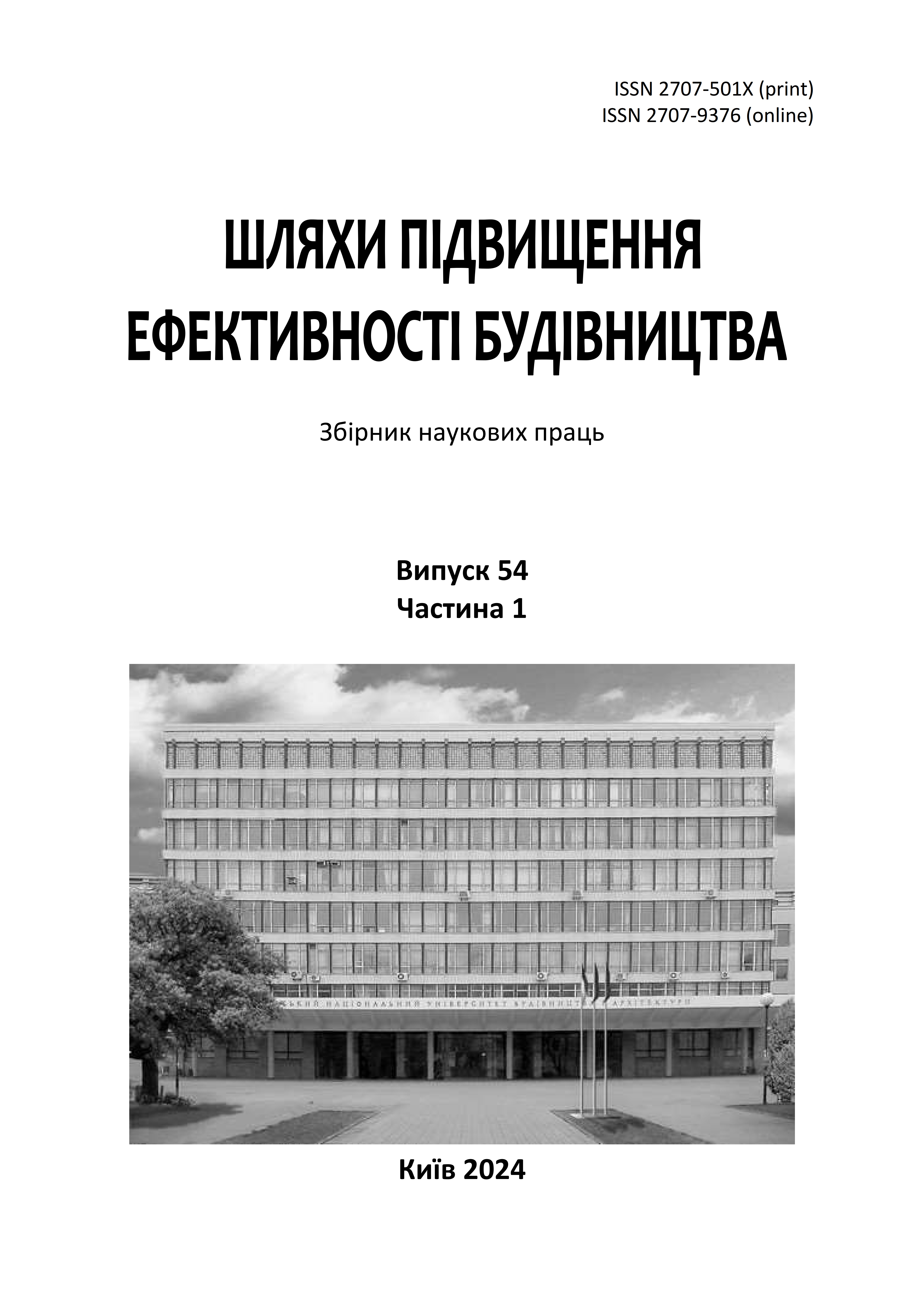Study of viscous-britle fractures of experimental pipes of different manufacturing technologies during natural tests
DOI:
https://doi.org/10.32347/2707-501x.2024.54(1).14-23Keywords:
pipe, deformation, crack, plastic zone, landfillAbstract
A method based on the principles of acoustic emission has been developed and tested to determine the rate of crack propagation in pipes during field (full-scale) tests while comparing the results obtained on full-thickness DWTT samples. The mechanism of viscous-brittle fracture of pipes of different strength and viscosity classes was established. The principles of increasing the resistance of pipe metal to fracture are determined. The steels of controlled rolling and progressive heat treatment with the use of accelerated (spray) cooling were studied. Recommendations for extending the operational (trouble-free) life of long-duration gas pipelines are given.
It is known that as the elastic energy reserve increases, the working conditions of the metal in the structure become more difficult, the fracture resistance decreases, and the critical crack length capable of spontaneous development and the stress intensity factor decrease. At the moment of crack formation in the pipe metal, the stored elastic energy is almost instantly transferred to the fracture zone and contributes to its propagation. In addition, in addition to the energy stored by the compressed gas, the energy of elastic deformation of the metal is also stored in the pipeline. Such elastic energy stored in the pipe metal is determined by the combined effects of annular and longitudinal stresses according to the formula E = 5/32 (p2 D2 S)/Eh, where p – pressure in the pipe; D – pipe diameter; S – pipe surface; h – pipe wall thickness; E – modulus of elasticity of the metal. The above formula shows that the value of the elastic deformation energy stored by the metal is determined by the operating parameters of the pipeline. For example, for a gas pipeline with a diameter of 1420 mm and a working pressure of 7,5 MPa, the specific elastic energy in a 14 mm thick pipe wall is 2 MJm2 , and for a pipeline with a diameter of 1020 mm with the same wall thickness and a working pressure of 5,5 MPa – only 0,4 MJm2 . It should be noted that an increase in the elastic energy of the metal in the structure contributes to the localization of the deformation in the defect and its accelerated development.
In main pipelines, where a wide range of steels is used and there is a high probability of concentrators, an increased elastic energy reserve contributes to a decrease in metal performance. Therefore, it is necessary to clearly understand the mechanism of influence of the elastic energy reserve in the pipeline metal on its performance. The negative impact of the energy stored in the metal of the pipe on the operation of gas and oil pipelines is manifested in their numerous destructions with severe economic and environmental consequences, which encourages scientists to further study this problem.
References
Панасюк В.В., Андрейкив А.Е., Партон В.З. Механика разрушения и прочность материалов: справочное пособие. Киев: Наукова думка, 1988. 488 с.
Радкевич О.І., П’ясецький О.С., Василенко І.І. Корозійно-механічна тривкість трубної сталі в сірководневому середовищі. Фізико-хімічна механіка матеріалів, 2000. Том 36, №3. С. 93-97.
Чапля О., Радкевич О., П’ясецький О., Спектор Я. Порівняльний аналіз корозійно-механічних властивостей вітчизняної сталі 20ЮЧ з іноземними аналогами. Машинознавство, 1999. 8. С. 52-56. DOI: 10.32347/2524-0021.2023.45.52-61
Василенко И.И., Мелехов Р.К. Коррозионное растрескивание сталей. Киев: Наукова думка, 1974. 265 с.
Makarenko V.D., Shatilo S.P., Astafev V.I. Methods of increasing the corrosion resistance of oil pipelines. Welding International, 1998, 12(12). Р. 988-991.
Makarenko V.D., Shatilo S.P. Increasing desulphurisation of the metal of welded joints in oil pipelines. Welding International, 1999. 13(12). Р. 991-995.
Самойленко М.І. Функціональна надійність трубопроводів них транспортних систем. Харкців: ХНАМП. 2009. 184с.
Berdnyk O.Yu., Lastivka O.V., Maystrenko A.A., Amelina N.O. Processes of structure formation and neoformation of basalt fiber in an alkaline environment. IOP Conference Series: Materials Science and Engineering. Innovative Technology in Architecture and Design (ITAD 2020). Vol. 907: 012036. DOI: 10.1088/1757-899X/907/1/012036.
Downloads
Published
How to Cite
Issue
Section
License

This work is licensed under a Creative Commons Attribution 4.0 International License.
Authors who publish with this journal agree to the following terms:
- Authors retain copyright and grant the journal right of first publication with the work simultaneously licensed under a Creative Commons Attribution License that allows others to share the work with an acknowledgement of the work's authorship and initial publication in this journal.
- Authors are able to enter into separate, additional contractual arrangements for the non-exclusive distribution of the journal's published version of the work (e.g., post it to an institutional repository or publish it in a book), with an acknowledgement of its initial publication in this journal.
- Authors are permitted and encouraged to post their work online (e.g., in institutional repositories or on their website) prior to and during the submission process, as it can lead to productive exchanges, as well as earlier and greater citation of published work (See The Effect of Open Access).

